Book: Colonial Modern

'Colonial Modern: Aesthetics of the Past, Rebellions of the Future' is a very timely look at the impact of Western Modernist architecture on the colonial and post-colonial countries of North Africa, and one of the first attempts to untangle this complex mesh of ideology and aesthetics.
The genuine economic advantages of building in steel and reinforced concrete enabled large swathes of new housing to be built across the region. But with the whitewashed walls came some rather unsavoury presumptions, particularly the idea that the colonies were a sandbox for architectural experimentation, free from the 'heritage' concerns of the Western city. 'Colonial Africa was transformed into a laboratory for Western modernity,' writes Bernd M Scherer in his introduction, adding that these large-scale ventures in system building were subsequently re-imported back into Europe in the post-war years.
For the proponents of 'heroic' modernism, the deserts of Algeria and Morocco represented unbounded opportunity. There are plenty of striking buildings illustrated within, but their iconic time in the sun was short-lived. Now, over half a century later, the most fascinating parts of Colonial Modern are the way modernist sterility has been reappropriated and altered, a messy hierarchy of spaces that reflects the complex - and now crumbling - power structures that emerged in the post-colonial era.
Densely illustrated and impeccably researched, Colonial Modern pulls in aspects of architectural, cultural and political history to provide a fascinating look at the dangers of aesthetic imperialism.
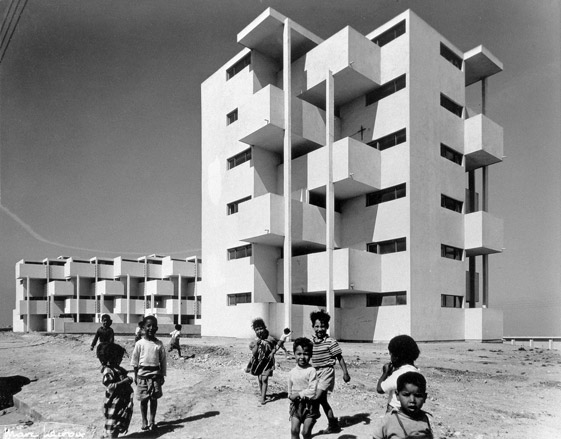
Inside Colonial Modern: Housing projects on the empty field of Sidi Othman in Casablanca, 1955
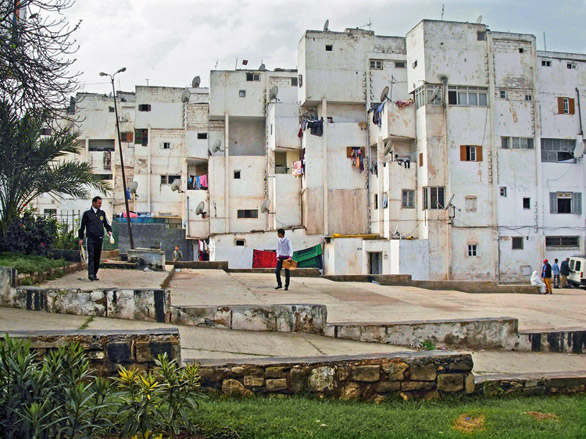
Sidi Othman in 2008, with ’closed off balconies and … a park, attempting to fence off the housing complex to restrict access from the poorer districts nearby’

Hygiene school in Oran, Hammam Bou Adjar, Algeria, by Mauri et al, Candilis, ATBAT-Afrique, 1957

Maroc 54, Encyclopedie d’Outre-Mer, Special Edition 1954
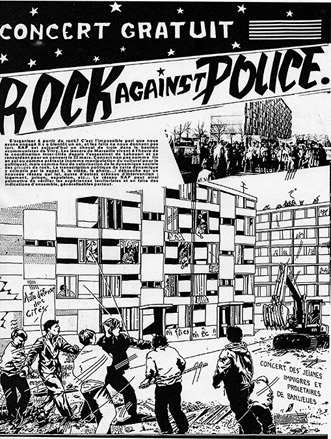
Re-imported modernism: systems building developed in the colonies is sent back to France’s troubled banlieus.
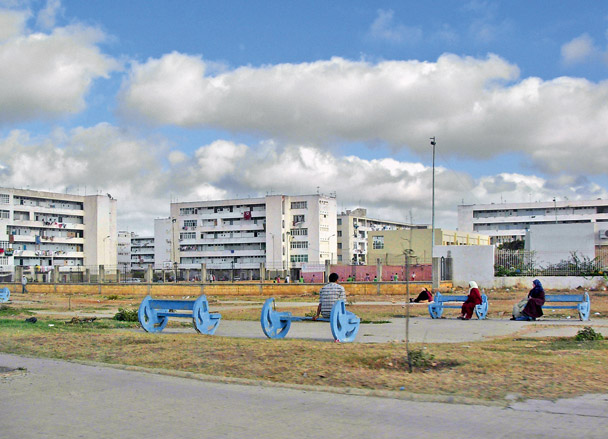
El Hank Settlement, Casablanca, built by Aroutcheff, Lucaud, Moranti, Roussseau, Zeligson (construction 1952-53)
Photograph: Marion von Osten, 2008
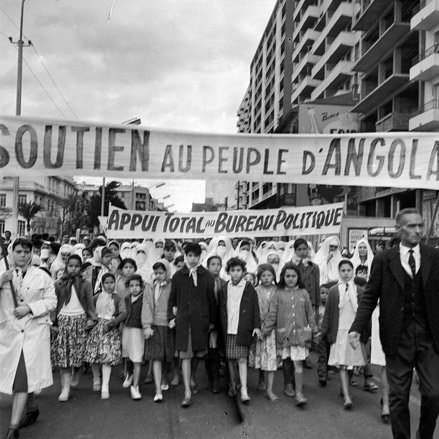
Algerians rallying in support of Angolan independence (10 February 1963, Algiers)
Receive our daily digest of inspiration, escapism and design stories from around the world direct to your inbox.
Jonathan Bell has written for Wallpaper* magazine since 1999, covering everything from architecture and transport design to books, tech and graphic design. He is now the magazine’s Transport and Technology Editor. Jonathan has written and edited 15 books, including Concept Car Design, 21st Century House, and The New Modern House. He is also the host of Wallpaper’s first podcast.
-
 The most comprehensive showing of Nan Goldin’s photographs and films is intense and emotional
The most comprehensive showing of Nan Goldin’s photographs and films is intense and emotionalNan Goldin's moving-image work makes a heavy impact in ‘This Will Not End Well’ at Milan’s Pirelli HangarBicocca
-
 How We Host: Interior designer Heide Hendricks shows us how to throw the ultimate farmhouse fête
How We Host: Interior designer Heide Hendricks shows us how to throw the ultimate farmhouse fêteThe designer, one half of the American design firm Hendricks Churchill, delves into the art of entertaining – from pasta to playlists
-
 Arbour House is a north London home that lies low but punches high
Arbour House is a north London home that lies low but punches highArbour House by Andrei Saltykov is a low-lying Crouch End home with a striking roof structure that sets it apart
-
 David Kohn’s first book, ‘Stages’, is unpredictable, experimental and informative
David Kohn’s first book, ‘Stages’, is unpredictable, experimental and informativeThe first book on David Kohn Architects focuses on the work of the award-winning London-based practice; ‘Stages’ is an innovative monograph in 12 parts
-
 Explore Tom Kundig’s unusual houses, from studios on wheels to cabins slotted into boulders
Explore Tom Kundig’s unusual houses, from studios on wheels to cabins slotted into bouldersThe American architect’s entire residential portfolio is the subject of a comprehensive new book, ‘Tom Kundig: Complete Houses’
-
 A new photo book explores the symbolic beauty of the Japanese garden
A new photo book explores the symbolic beauty of the Japanese garden‘Modern Japanese Gardens’ from Thames & Hudson traces the 20th-century evolution of these serene spaces, where every element has a purpose
-
 Modernist Travel Guide: a handy companion to explore modernism across the globe
Modernist Travel Guide: a handy companion to explore modernism across the globe‘Modernist Travel Guide’, a handy new pocket-sized book for travel lovers and modernist architecture fans, comes courtesy of Wallpaper* contributor Adam Štěch and his passion for modernism
-
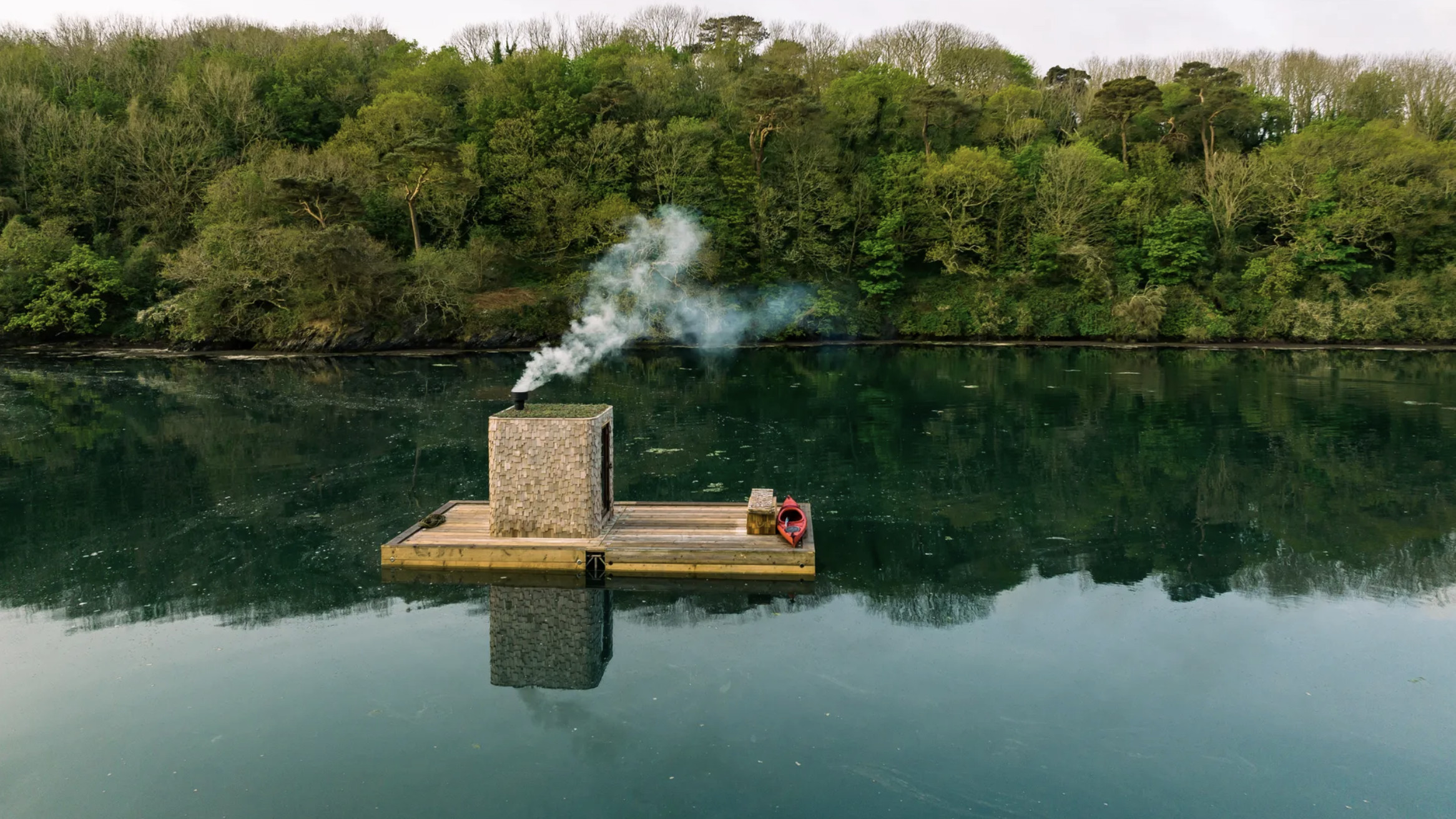 Wild sauna, anyone? The ultimate guide to exploring deep heat in the UK outdoors
Wild sauna, anyone? The ultimate guide to exploring deep heat in the UK outdoors‘Wild Sauna’, a new book exploring the finest outdoor establishments for the ultimate deep-heat experience in the UK, has hit the shelves; we find out more about the growing trend
-
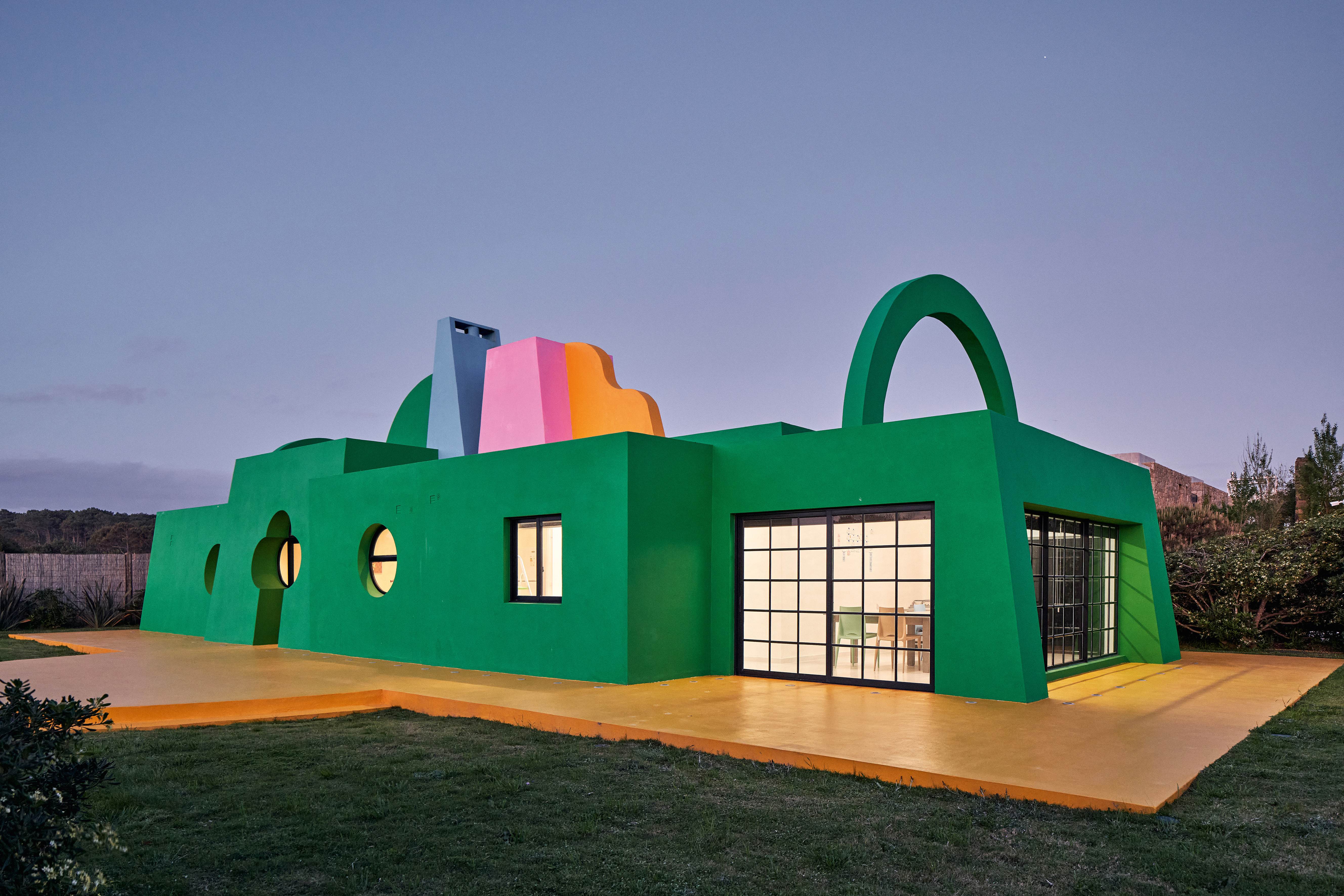 Ten contemporary homes that are pushing the boundaries of architecture
Ten contemporary homes that are pushing the boundaries of architectureA new book detailing 59 visually intriguing and technologically impressive contemporary houses shines a light on how architecture is evolving
-
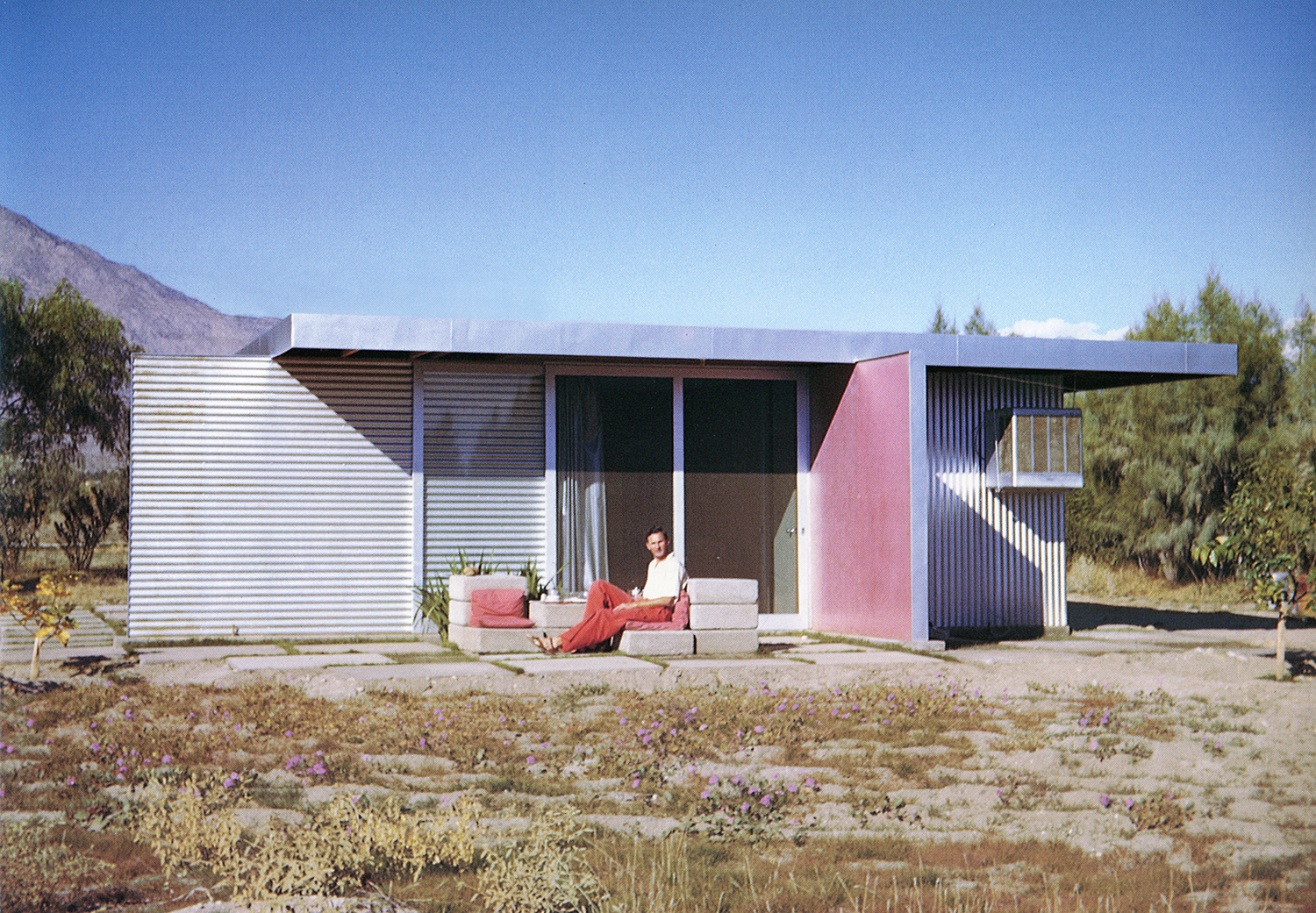 Take a deep dive into The Palm Springs School ahead of the region’s Modernism Week
Take a deep dive into The Palm Springs School ahead of the region’s Modernism WeekNew book ‘The Palm Springs School: Desert Modernism 1934-1975’ is the ultimate guide to exploring the midcentury gems of California, during Palm Springs Modernism Week 2025 and beyond
-
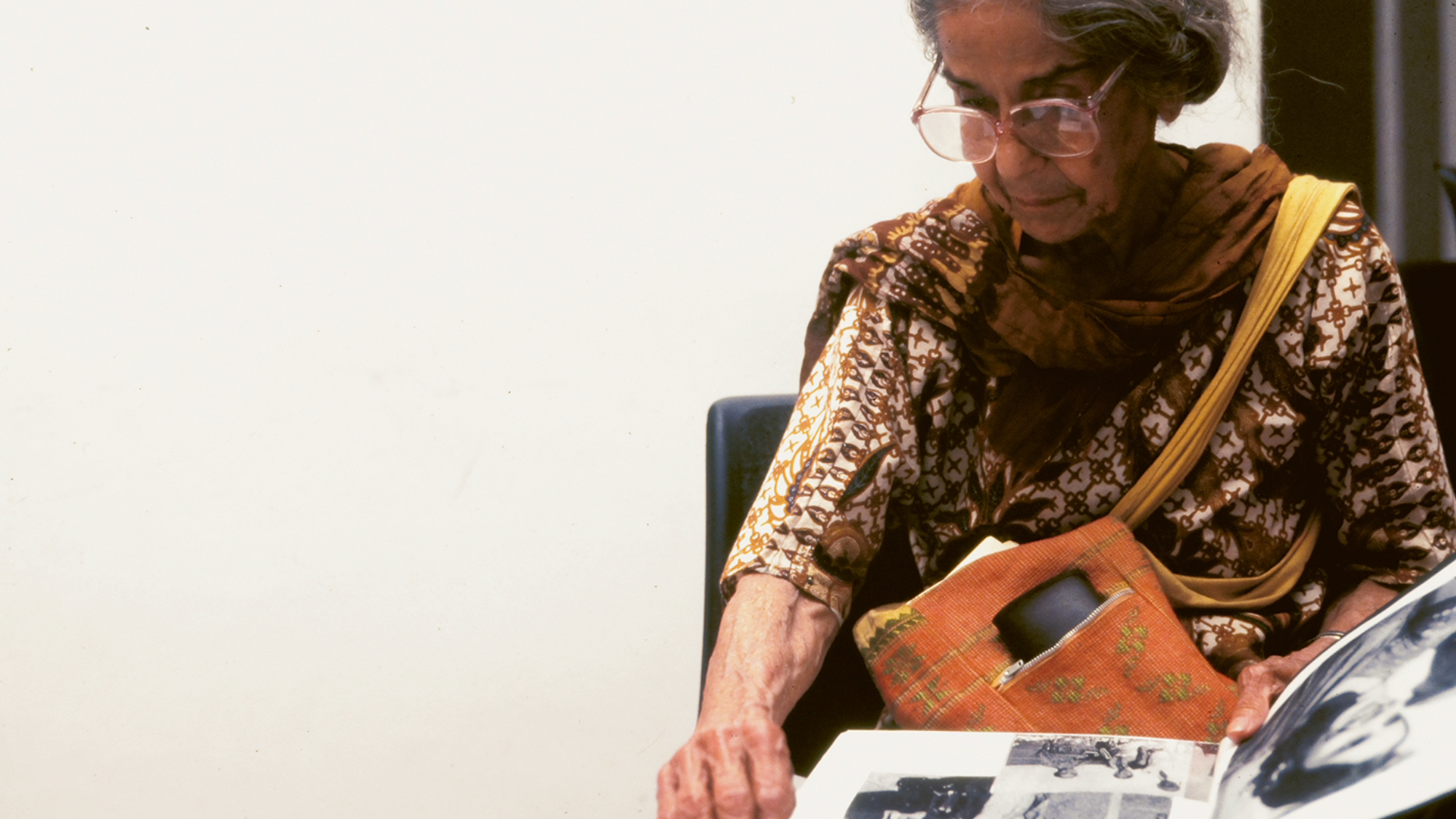 Meet Minnette de Silva, the trailblazing Sri Lankan modernist architect
Meet Minnette de Silva, the trailblazing Sri Lankan modernist architectSri Lankan architect Minnette de Silva is celebrated in a new book by author Anooradha Iyer Siddiq, who looks into the modernist's work at the intersection of ecology, heritage and craftsmanship